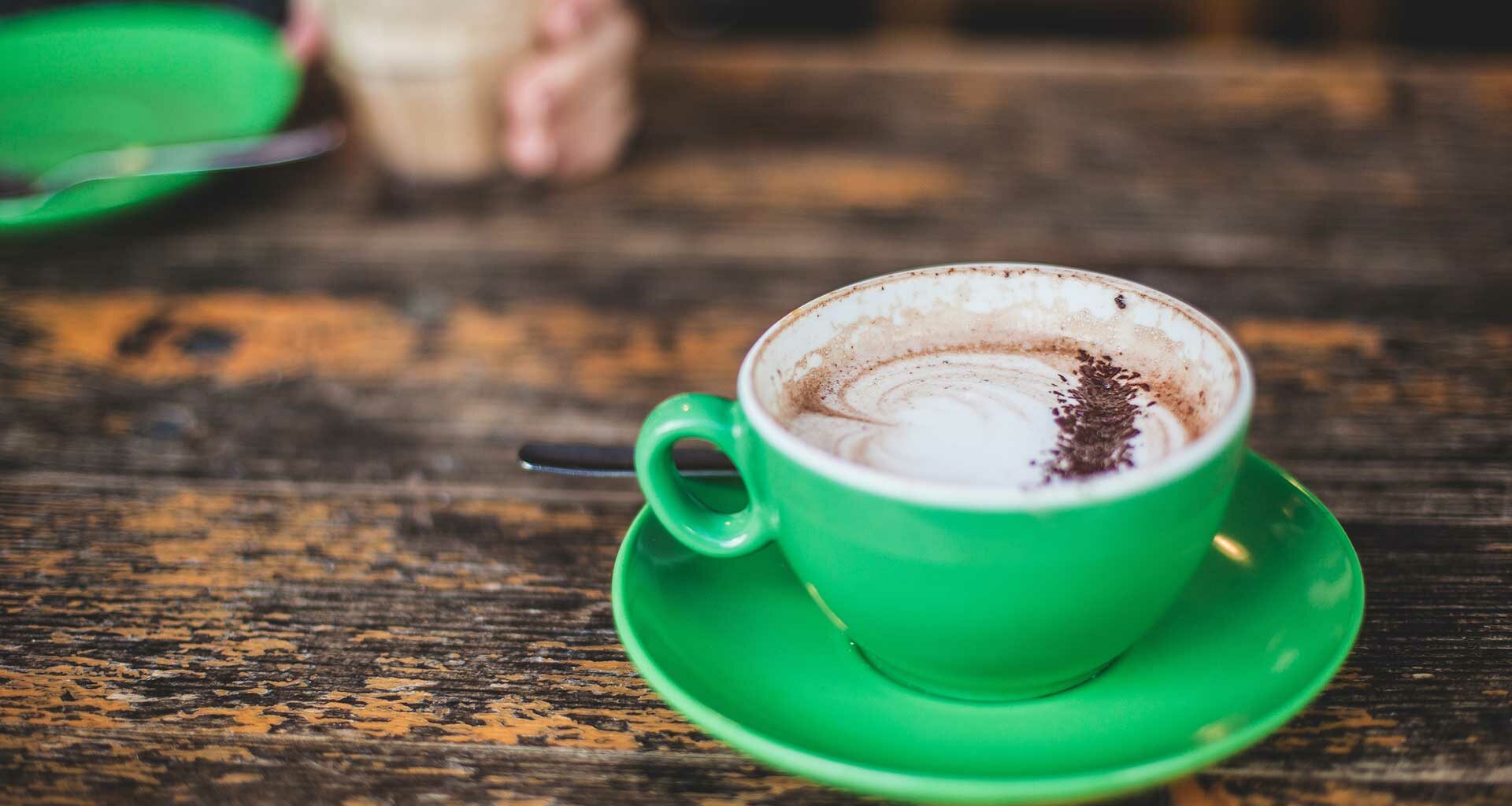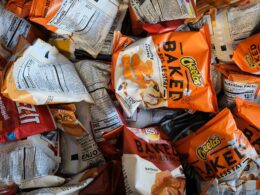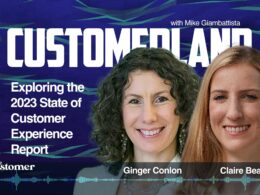I know, I know, I grouse regularly about brand differentiation and the difficulty brands have attaining and sustaining it. I was doing it again the other day when the 117-year-old George Santayana quote, “Those who cannot remember the past are condemned to repeat it,” came to mind. Then I remembered a brand differentiation technique from the past. Something any brand would be absolved for repeating. The Unique Selling Proposition.
By Robert Passikoff
The Unique Selling Proposition, or “U-S-P,” was a marketing proposition originated in the early 1940’s at Ted Bates Advertising, some 65 years before being depicted on the show, Mad Men. The U-S-P originator was advertising pioneer and agency VP, Rosser Reeves. USP got picked up by agencies all over the world, and quickly became pretty ubiquitous, although the actual use of the term has faded into advertising history and streaming video reruns. Recently I saw a bastardized version – Unique Selling Point. Anyway, the approach is alive and well and currently residing in a recently-resurrected Starbucks program, called the “Coffee Masters.”
Before discussing the actual Starbucks program, it might be worth offering up some background to the Unique Selling Proposition, given it is nearly 90 years old. According to Mr. Reeves, the U-S-P was supposed to give a campaign an extra jolt. Not like an extra shot of espresso, but something that would get consumers going across the line of indecision to preference and, ultimately, to purchase and loyalty.
Back then “Unique” referred to an inimitable feature of the brand and – back then – that usually referred to a rational aspect or feature of the product or service. “Selling” referred to value. Did the unique thing you were trumpeting make a big enough contribution to what we call today “brand engagement.” Finally, “Proposition.” The promise that if the consumer went with your brand with the certain unique aspect or claim, the selling point, that they would receive a specific benefit.
So, not a bad theoretical foundation. Actually, a pretty good one. Even today where quality, satisfaction, and process re-engineering programs have turned rational, functional aspects of most categories into “table-stakes.” Where the “jolt” consumers feel comes more fluidly and effectively is when it’s emotionally-based. Today, being able to point to an emotional value-differentiator ends up being the critical factor consumers use to choose you over the competition.
Mr. Reeves had a couple of caveats to all this: The proposition had to be something the competition could not say or – wait for it – was not currently saying, an important nuance. And, of course, the USP had to be important and engaging enough to engender positive behavior toward the brand, i.e., sell products, make money, attract new customers, keep old ones. You know, stuff like that, the raison d’etre of marketing and advertising.
So, to engage customers and employees (and hopefully sell stuff and make money), in a return-to-the-past USP-move, Starbucks announced it is bringing back their “Coffee Master” program. The initiative, introduced almost 20 years ago, was a way to designate workers as coffee experts. Showcasing their skills and expertise (and, by association, the brand) about coffee to coffee consumers.
Coffee Masters complete the Starbucks Coffee Academy, an education platform launched three years ago to teach the foundations of coffee. Everything from farm to foam. Employees who complete the program get to wear the coveted black apron and have an opportunity to win a trip to Starbucks’ coffee farm in Hacienda Alsacia, Costa Rica. BTW, you don’t have to be a Starbucks employee to “matriculate.” It’s available to anyone. The program, I mean. Not the apron or the trip. So unique? Hard to deny. But what’s so great about an apron?
Well, “uniforms,” as a consumer engagement and loyalty tactic in the coffee category, only makes a 2% contribution to engagement. But “barista expertise,” on the other hand, makes a 23% contribution. So, aprons would seem to be a unique (and subliminal and economic) exemplar to call out that particular value of the customer and category experience. I think Mr. Reeves would be proud.
Uniforms for restaurant brands aren’t new, of course. In 1971 Starbucks workers wore brown aprons. Sixteen years later, green ones. Employees who complete the Starbucks College Achievement Plan get them embroidered with mortarboards, which is nice. I wonder if they play the traditional Gaudeamus igitur or Bob Dylan’s One More Cup of Coffee at graduation? Anyway, Starbucks has lots of aprons. Red ones for the holidays, ones for veterans, even ones embroidered in sign language. So, the program addresses employee morale too, or tries to – something that has gained particular importance in the face to recent Starbucks unionization efforts.
Anyway, the apron thing a great example of a U-S-P tactic, particularly as it’s a differentiator the competition could do it but isn’t. And if you can engage consumers in a meaningful way, it’ll jolt something in them and have them behaving more positively toward your brand. And sure, aprons may be a bit nuanced, but the approach certainly falls well within the parameters Mr. Reeves set for a “Unique Selling Proposition.”
It was Bette Midler who said, “Cherish forever what makes you unique, because you’re really a yawn if it goes away.” And I think it’s fair to say the last thing purveyors of caffeinated beverages want in return for their branding is a yawn.
Robert Passikoff is founder and CEO of Brand Keys. He has received several awards for market research innovation including the prestigious Gold Ogilvy Award and is the author of 3 marketing and branding books including the best-seller, Predicting Market Success. Robert is also a frequent contributor to TheCustomer.













Great to visit advertising history Robert, and to return to a proven basic – the USP – and visit how it is out there today. Stimulates good thinking about whatever brand we are working on, especially our own.